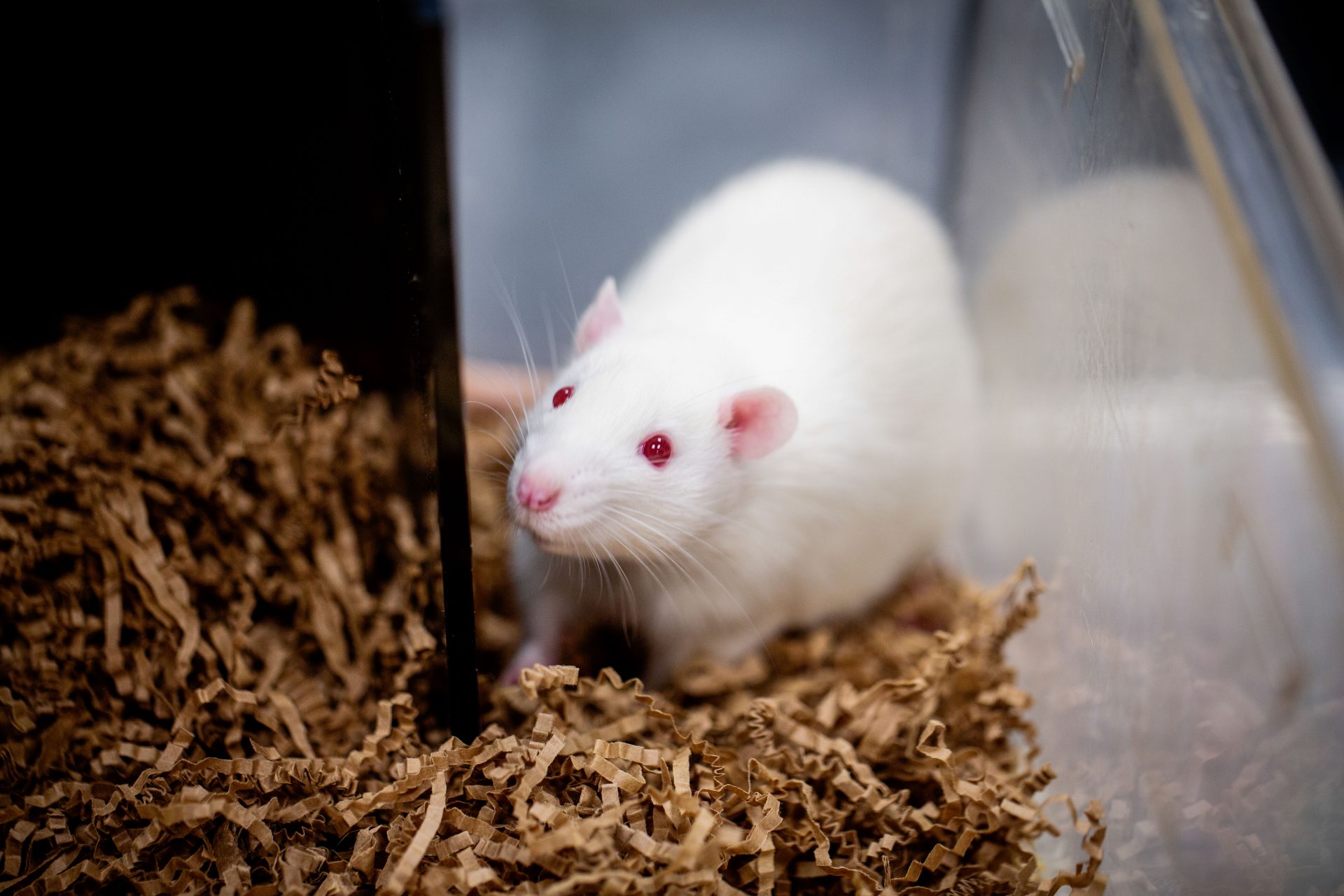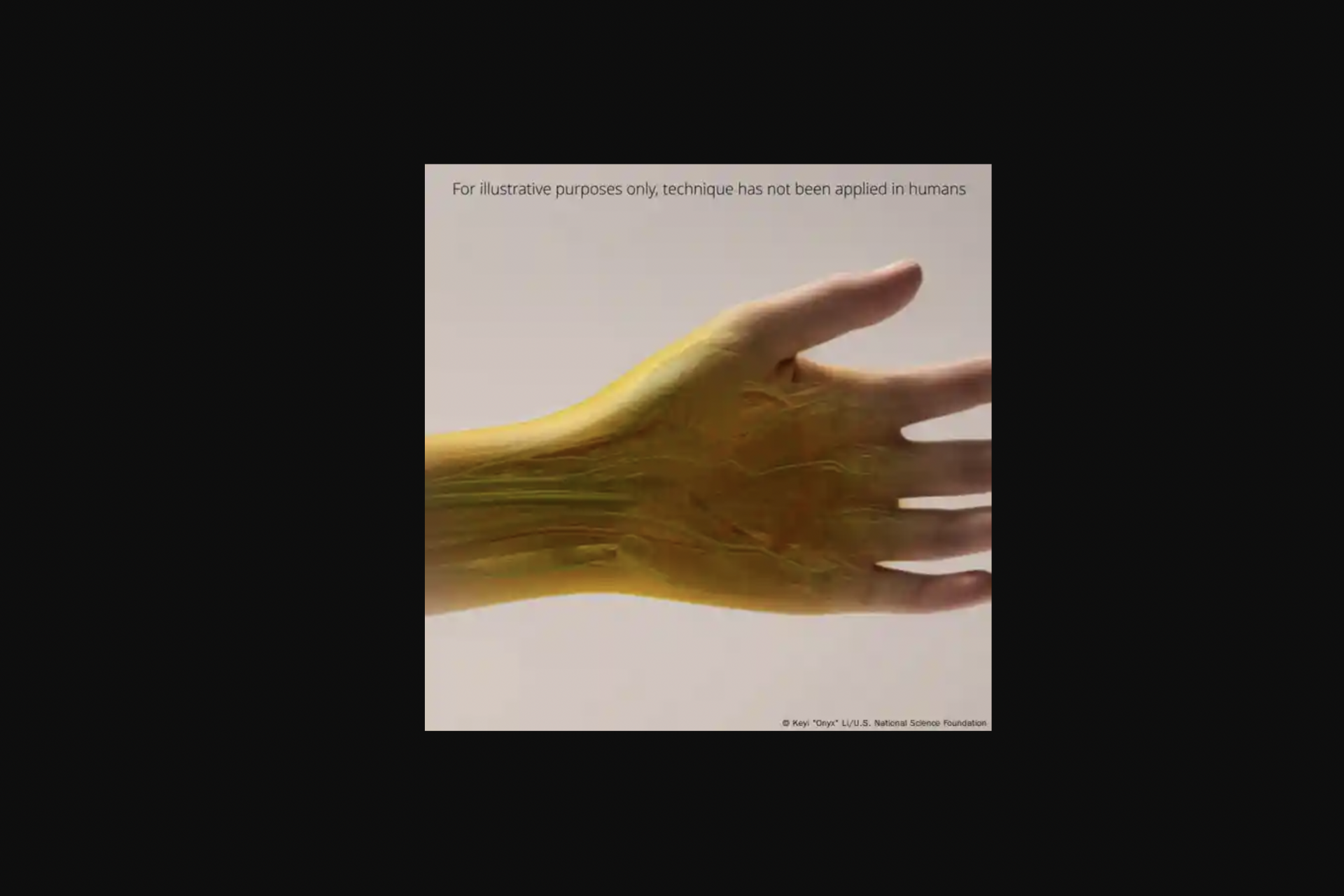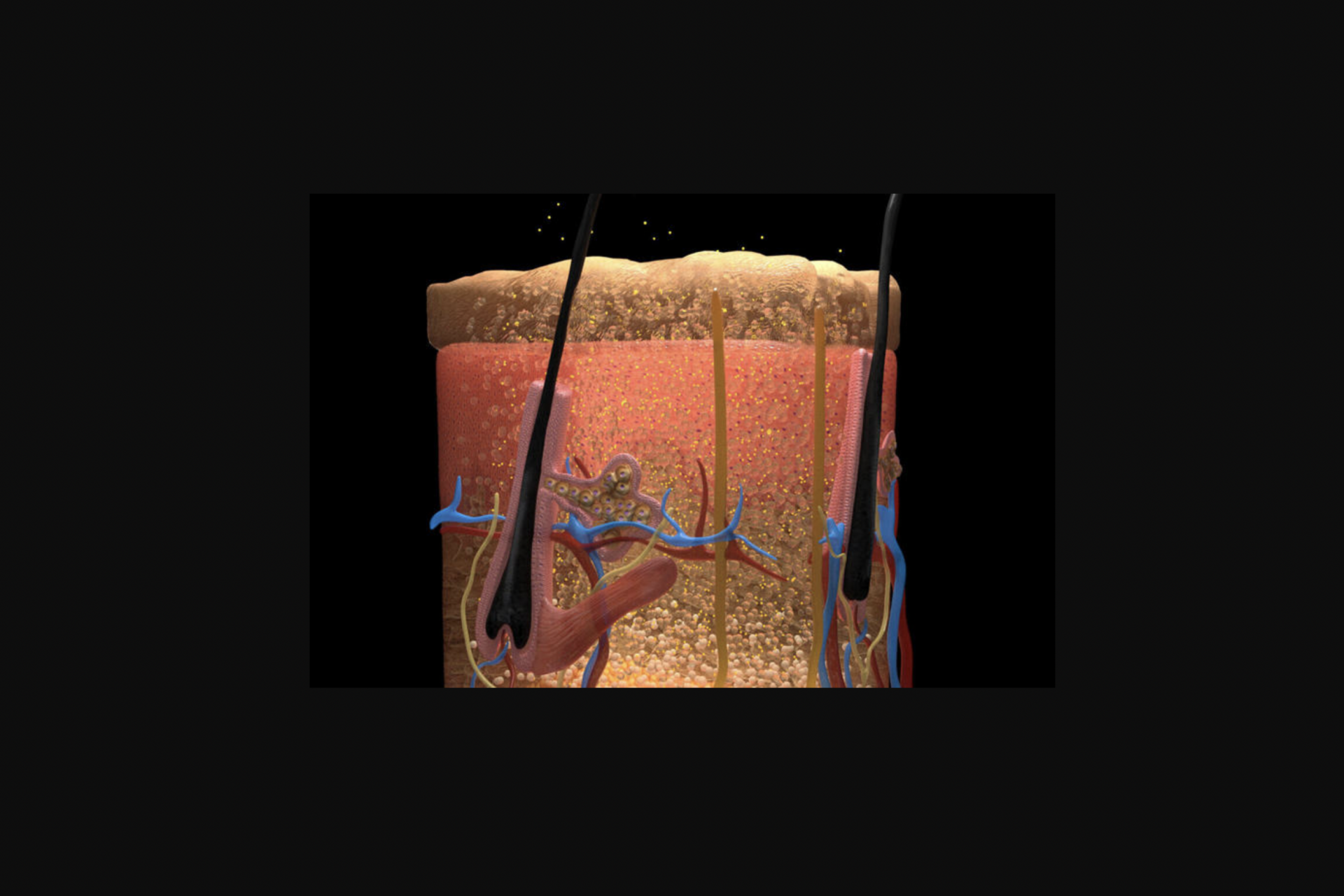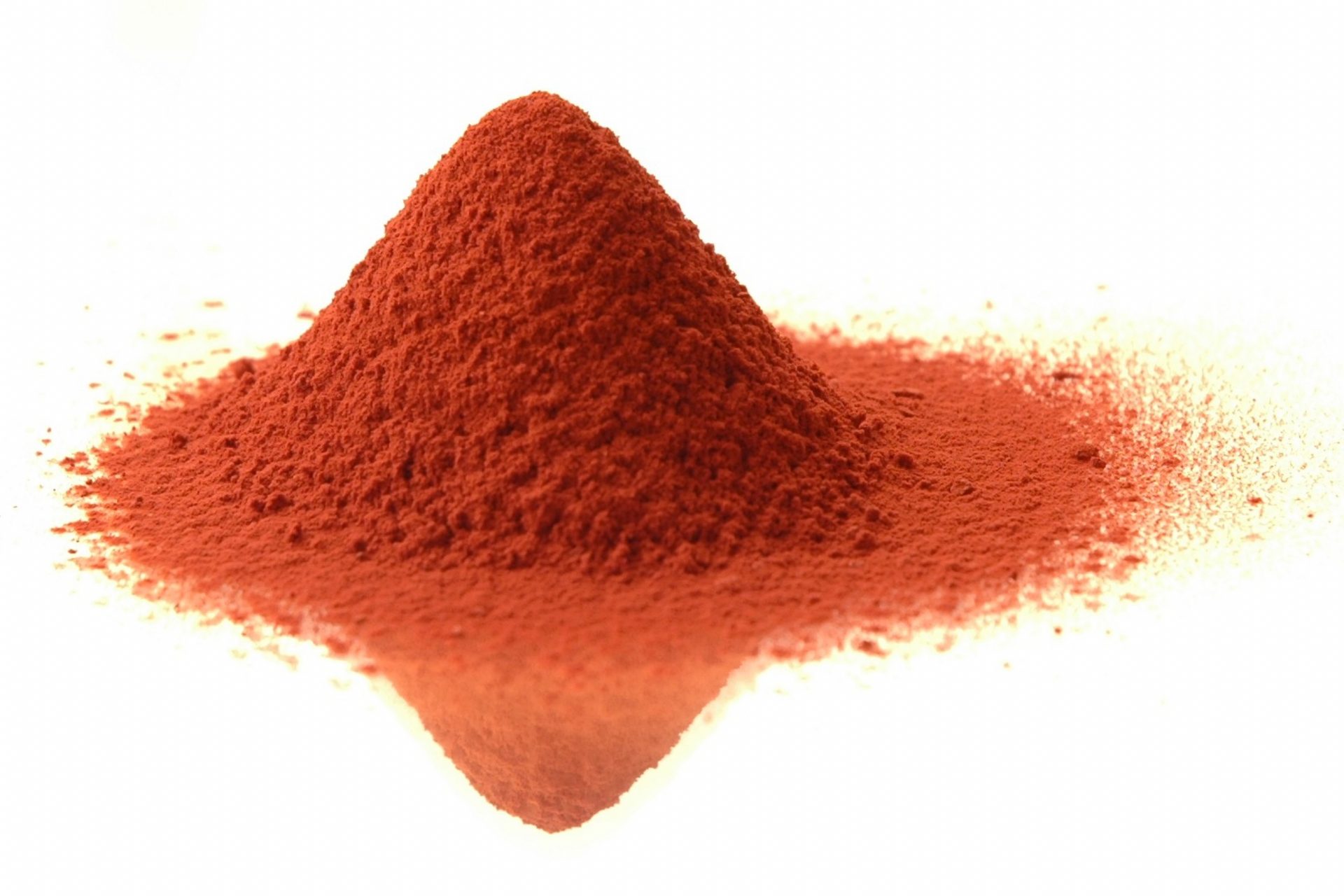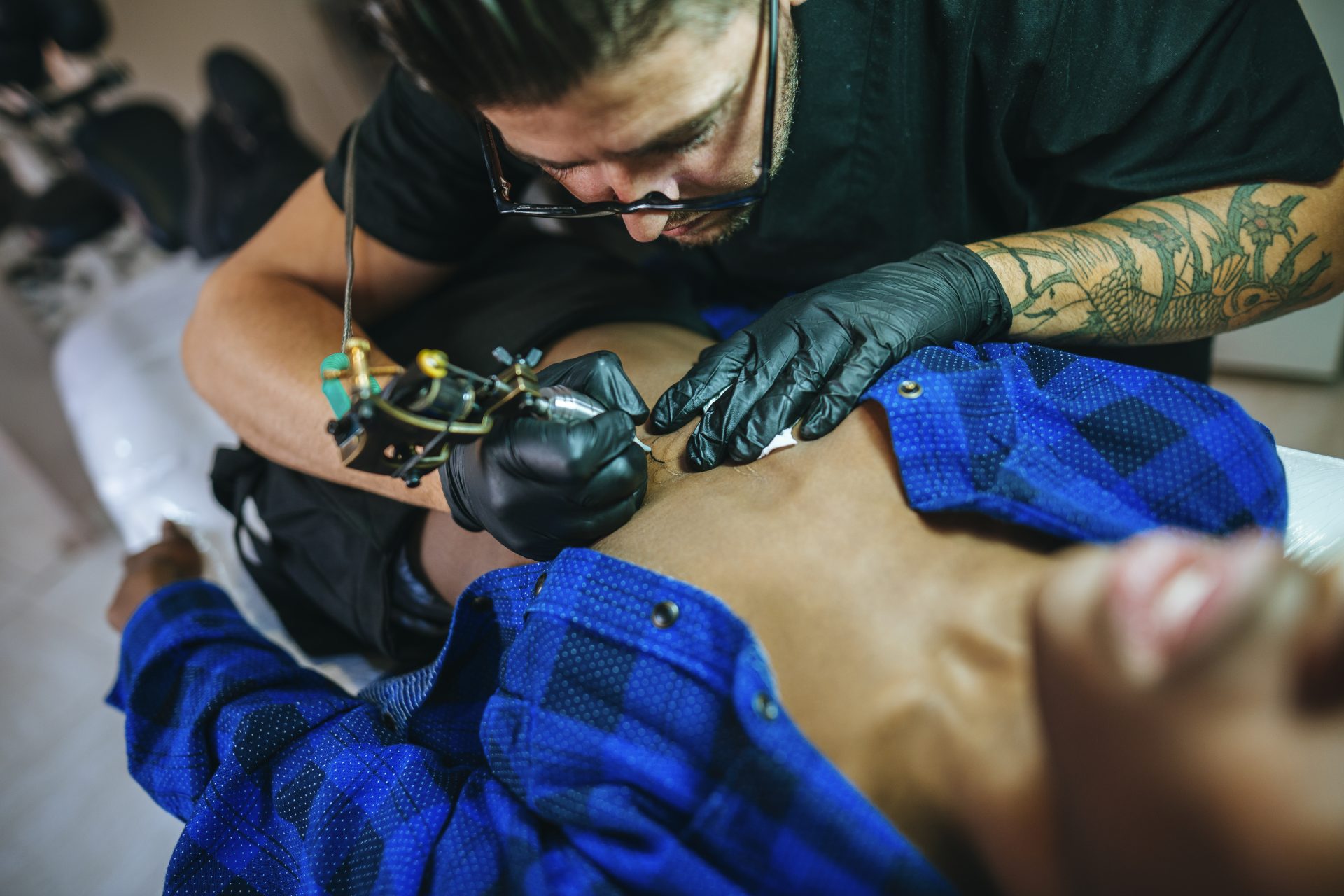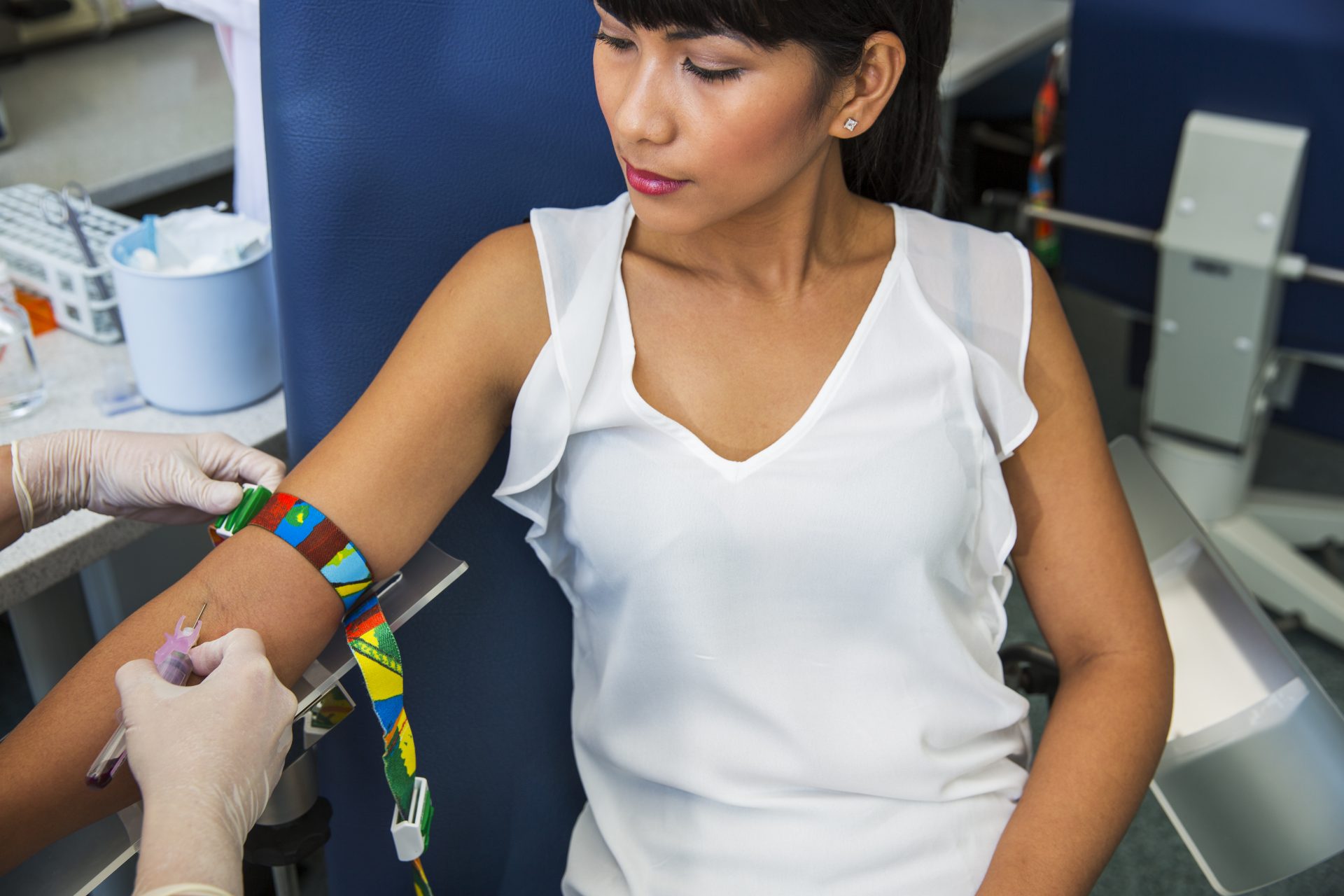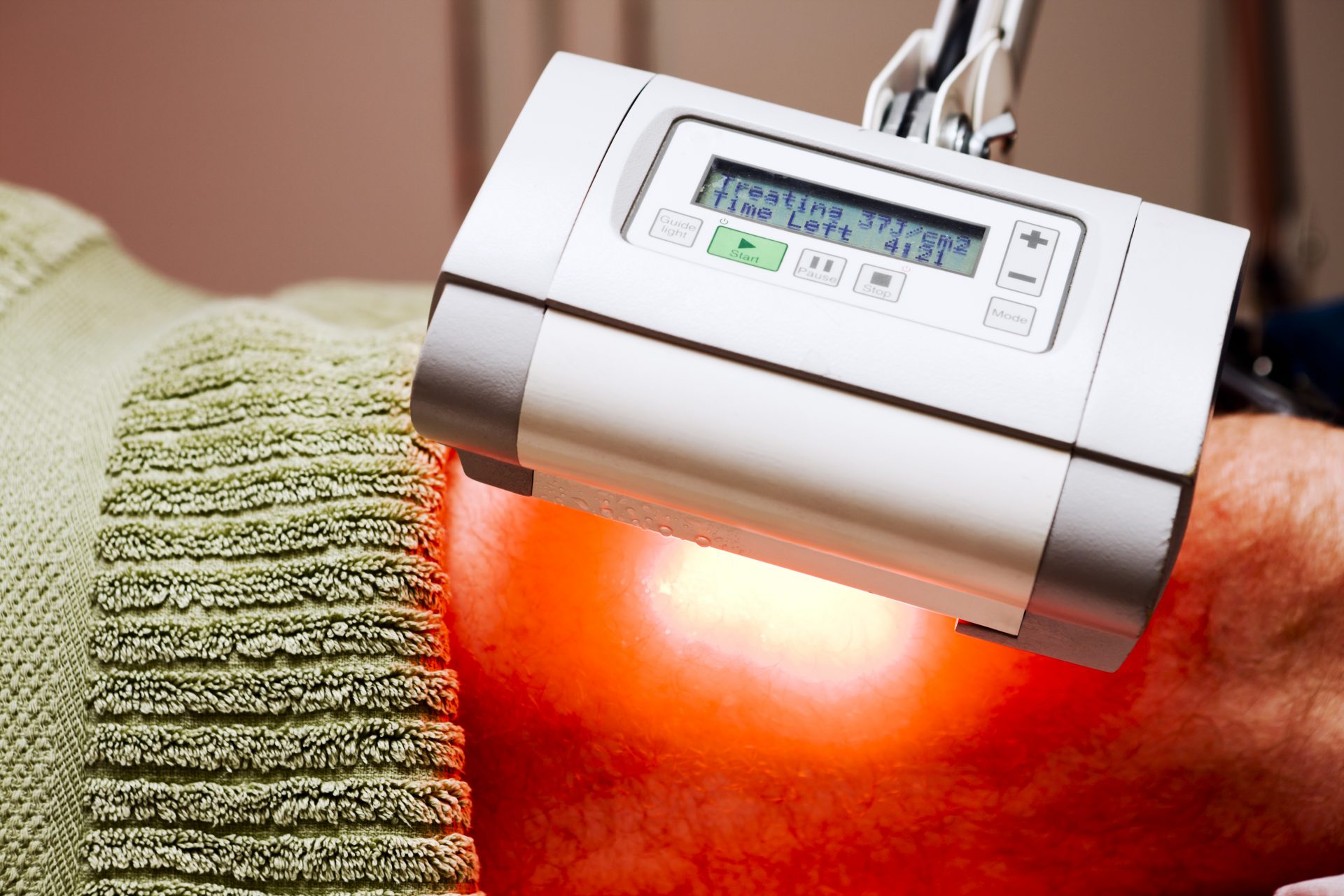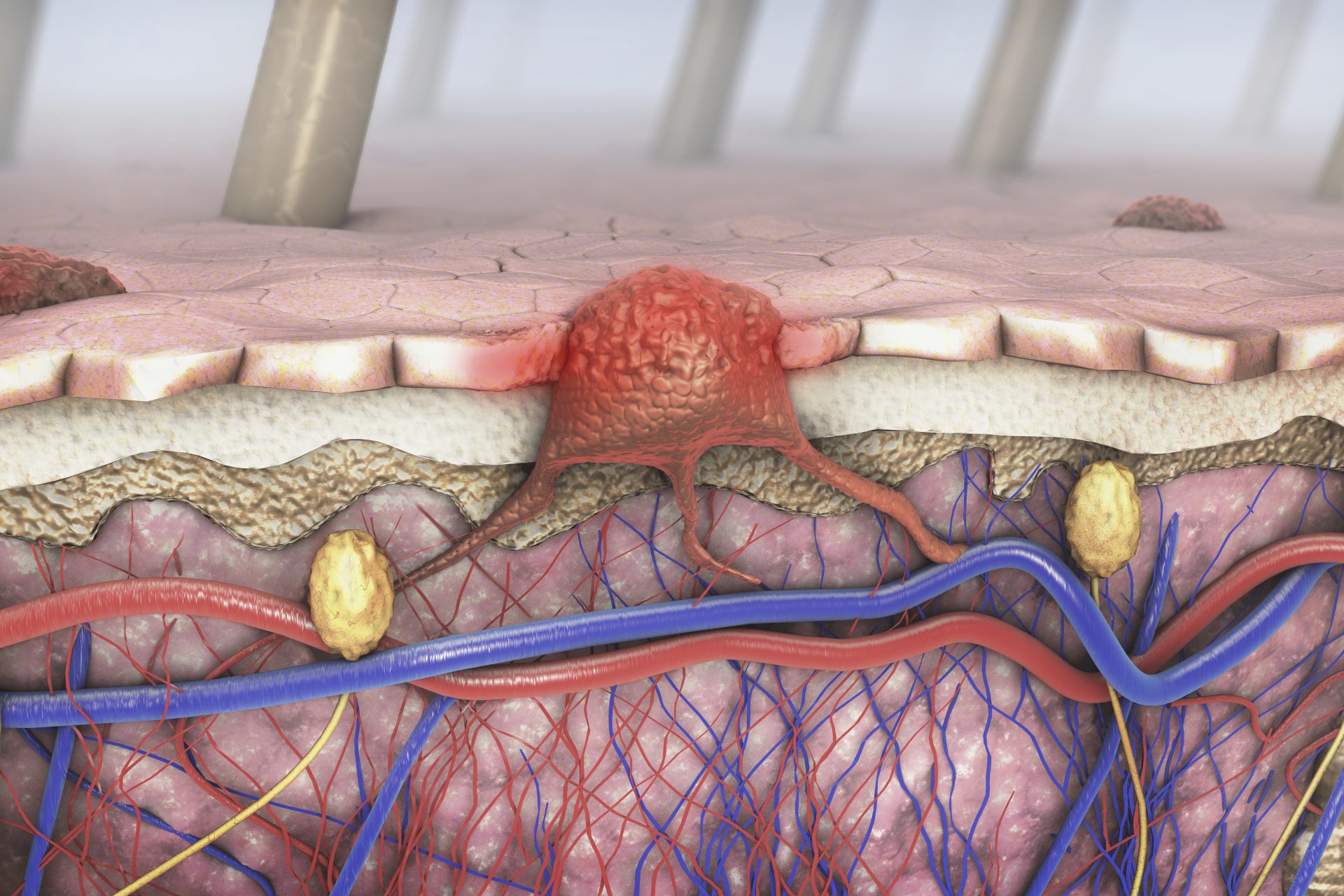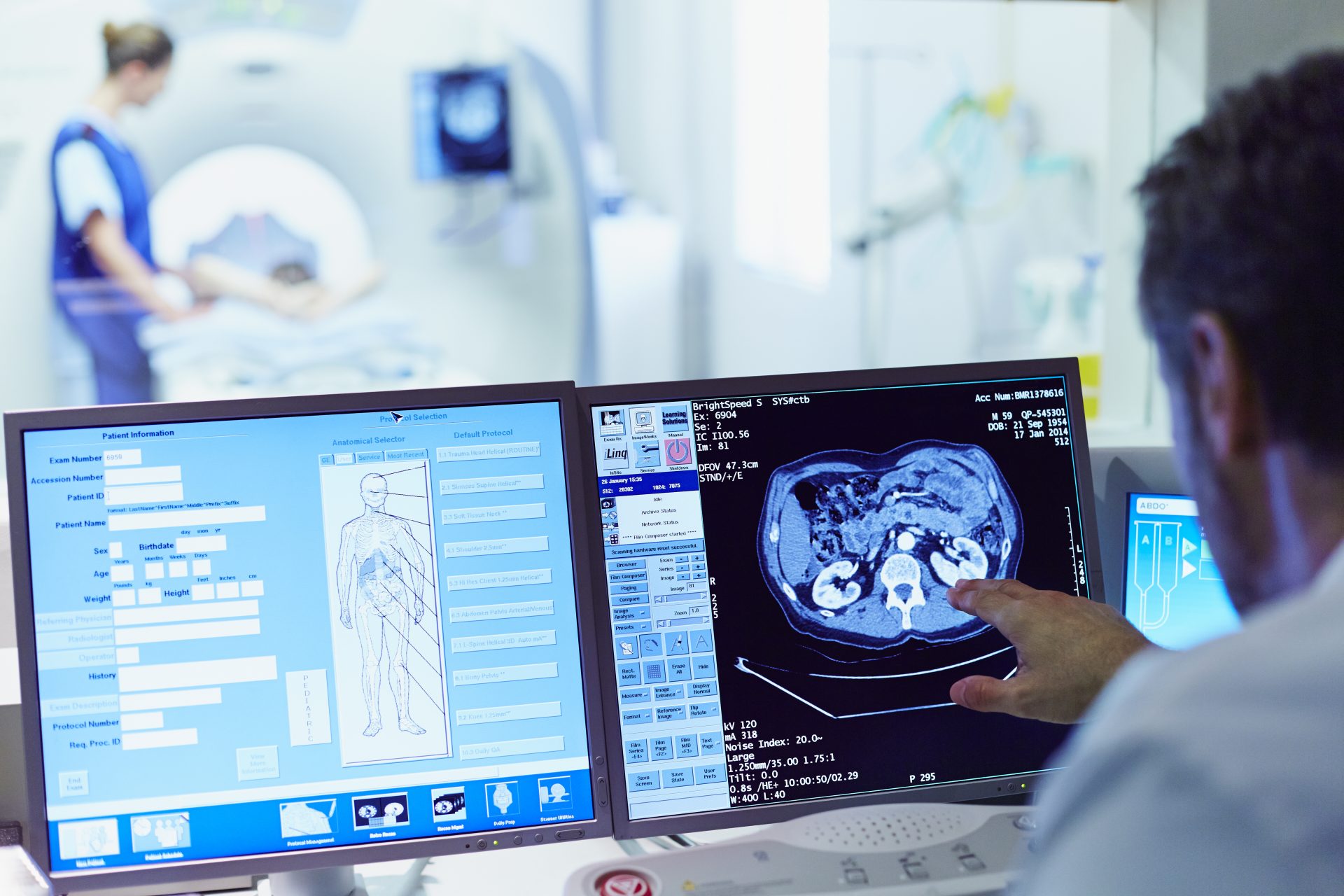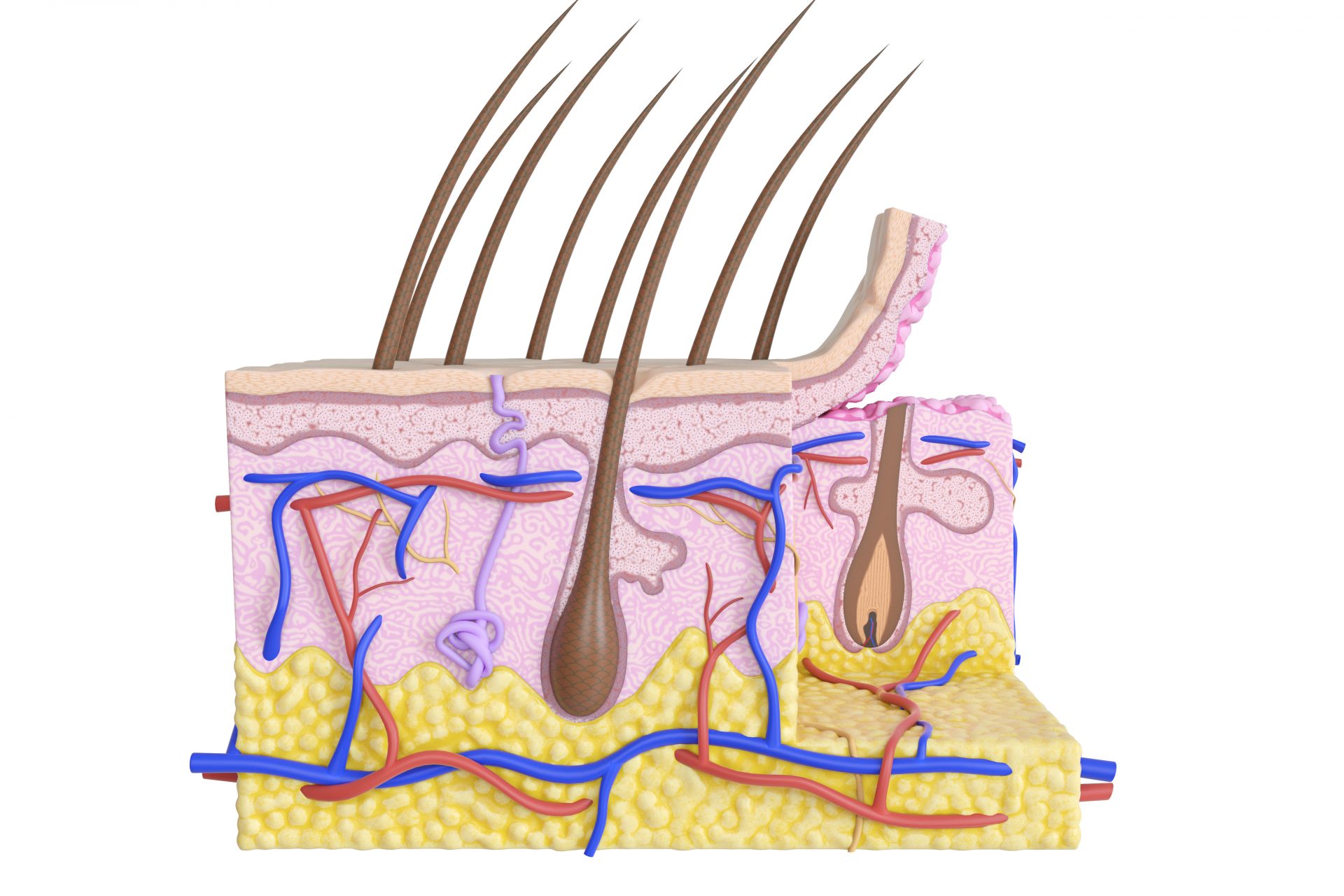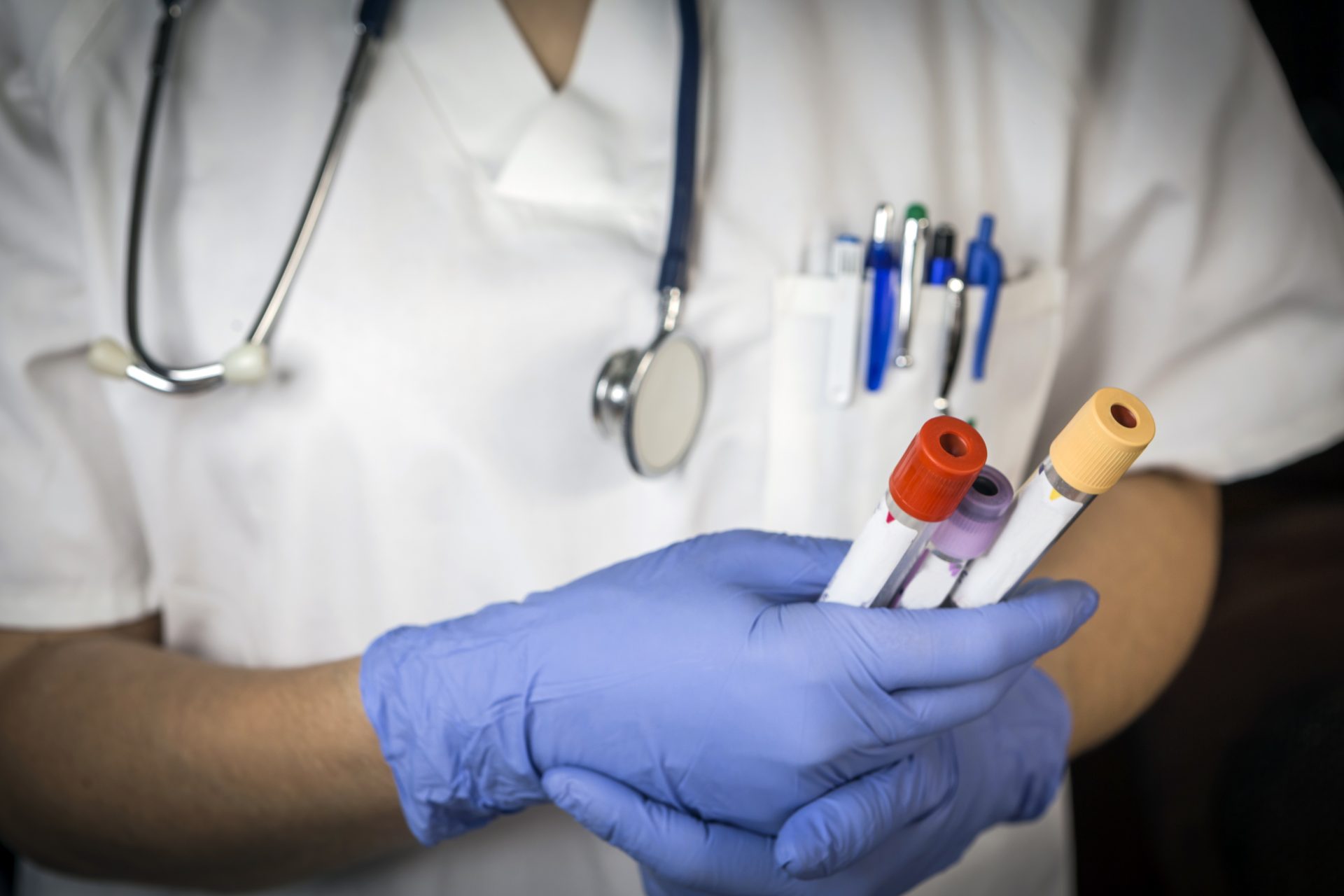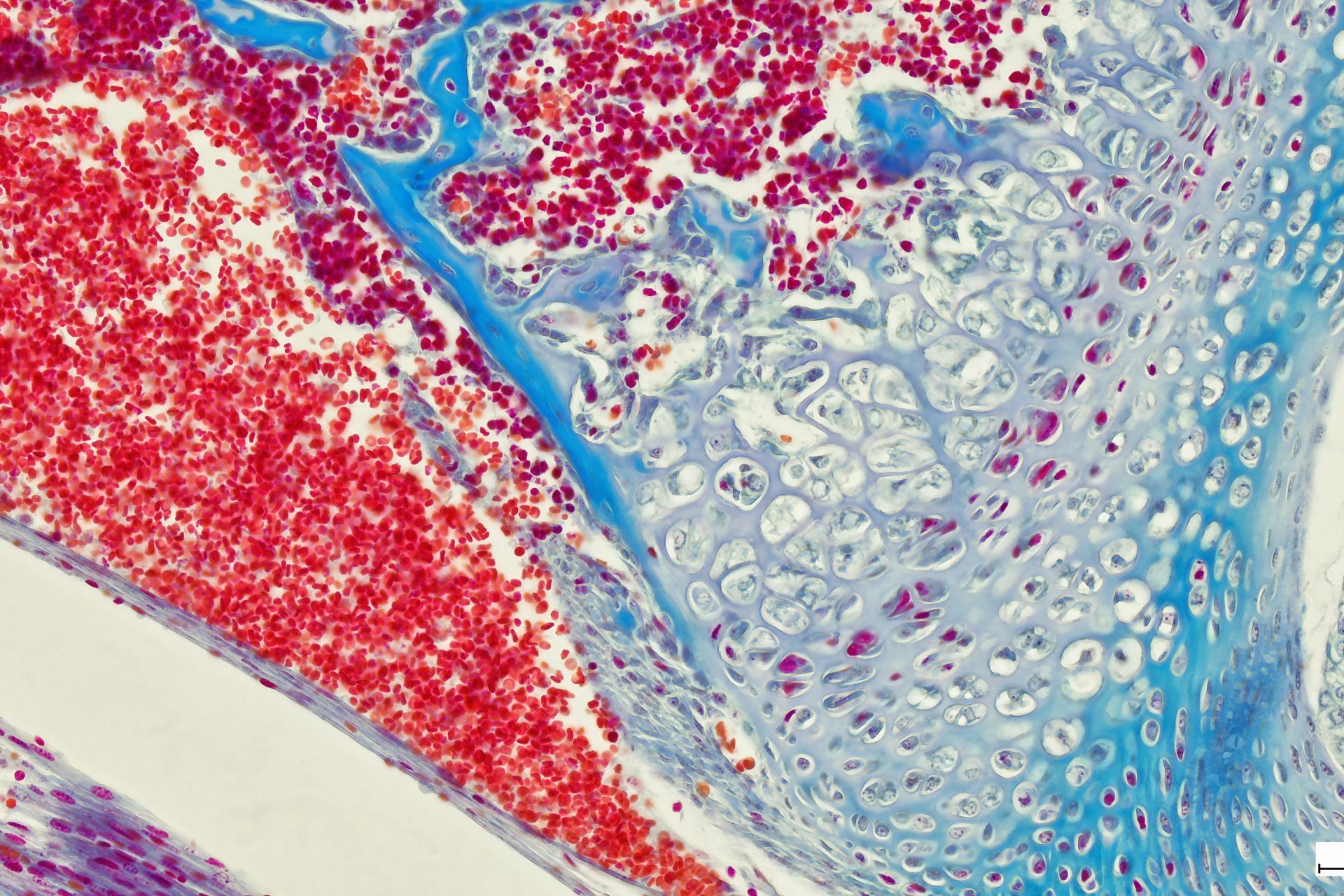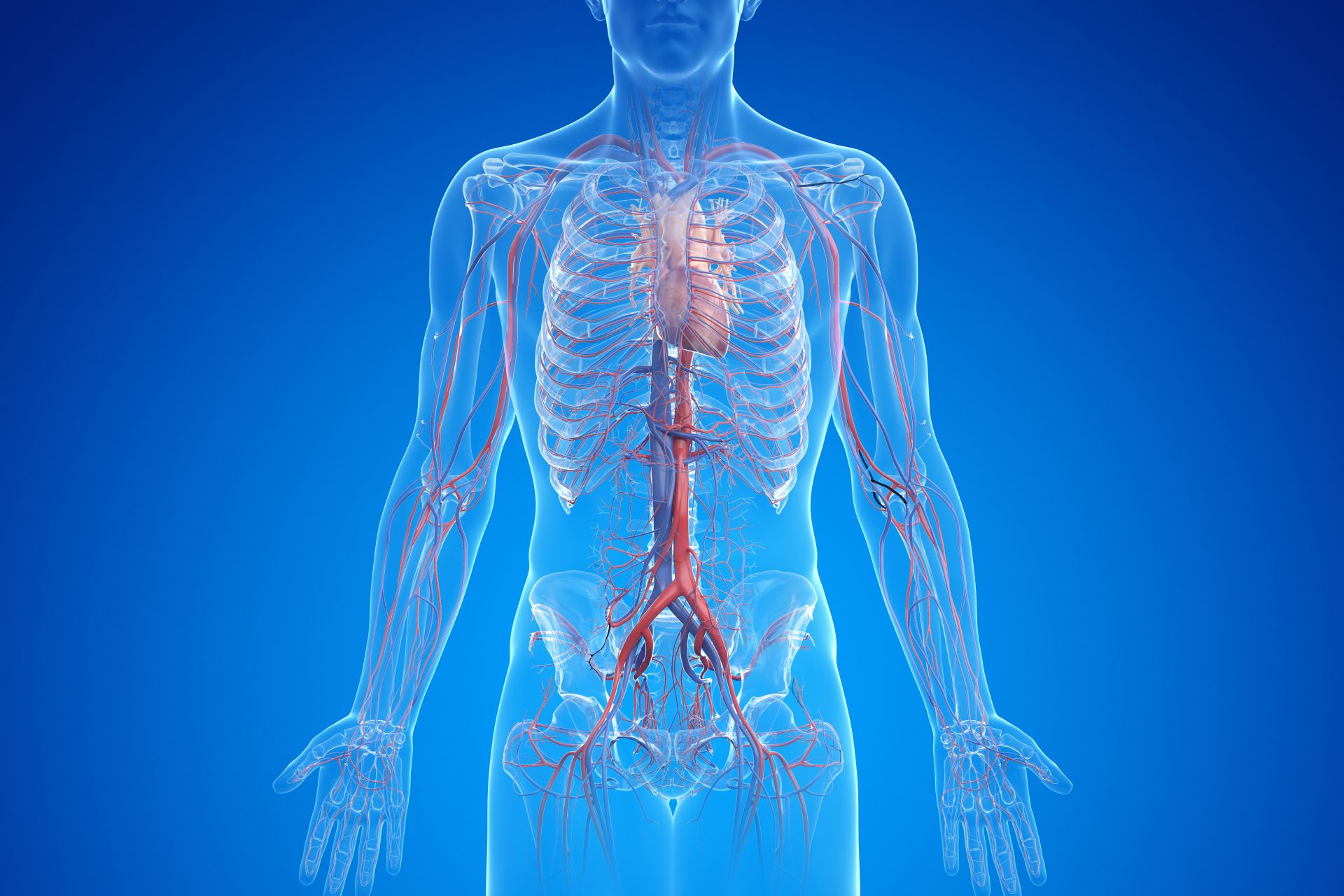Invisibility serum makes rats transparent
Researchers at Stanford University have created a serum that can render the skin of living mice transparent, allowing for the visualization of internal organs and structures. This innovative technique has the potential to transform noninvasive medical diagnostics.
The innovative technique involves applying a safe, yellowish food dye to the skin to alter the refractive index of cells. That allows light to pass through tissues without scattering, making skin and muscles transparent to visible light.
In other words, the dye molecules minimize light dispersion in the skin, as if dispelling a dense fog, Business Insider reported. Researchers could test the technique on humans in the future.
Photo: Keyi "Onyx" Li/US National Science Foundation
The method allowed researchers to see blood vessels in mice's scalps. Through transparent skin, they also watched the movement of abdominal organs and the activity of muscle contractile units.
Photo: Keyi "Onyx" Li/US National Science Foundation
One of the main advantages of this technique is its reversible nature. After the dye wears out, the tissues return to their original state without apparent side effects, significantly expanding their potential for future medical applications in humans.
Scientists believe this innovative technology could revolutionize medical diagnostics, making it easier to locate lesions and monitor digestive disorders without resorting to invasive surgical procedures.
Guosong Hong, an assistant professor of materials science and engineering at Stanford University and one of the project leaders, told Newsweek that this technology "could make veins more visible for blood draws, simplify laser tattoo removal, and contribute to the early detection and treatment of cancers."
Improving vein visibility during blood draws could simplify phlebotomy procedures, making them less painful and more accurate for patients.
Mr. Hong highlighted that “certain therapies use lasers to eliminate early cancerous cells, but are limited to areas close to the skin surface. This technique could improve light penetration, thus expanding the scope of these treatments.”
This technique could replace invasive procedures such as biopsies. For example, tests to detect melanoma could be performed by looking directly at the tissue, eliminating the need to remove it.
In some instances, this technology could replace X-rays and CT scans, reducing patients' exposure to radiation and providing a less invasive alternative for some diagnoses.
Researchers are working on adapting the technique to humans. Human skin is about ten times thicker than a mouse, presenting challenges in the dye's dose and delivery method.
Scientists must fine-tune the dosage and method of administration to make the technique effective on human skin and ensure its safety and efficacy.
The dye used in this technique stands out for its low cost and the need for minimal quantities to be effective. It is already common in the food industry, so it has a promising safety profile.
Researchers hope this approach will open up a new field of study that combines dyes with biological tissues, taking advantage of their optical properties.
Researchers will continue to refine the serum, increase its penetration depth, and adapt it for humans. They will also explore new potential applications in medical diagnosis and treatment.
More for you
Top Stories



